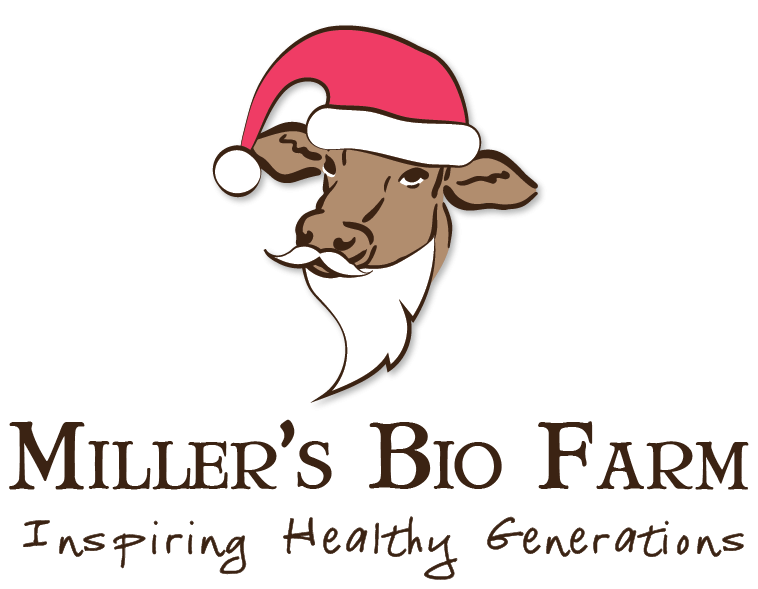5 health benefits of all natural sausages
posted on
March 18, 2022

Sausage is a staple food in many households. Why? It’s affordable, convenient, versatile, and tasty. Could you ask for more? Yes, you can.
Sausage often gets a bad rap and is labeled as “processed meat”. Sure, this might be true for conventional sausages, which often have fillers and additives and “natural flavors” and nitrates… and the list goes on.
But, not all sausage is bad (I mean, it’s been around for thousands of years). I recommend sourcing all-natural sausages, not only natural in how the animals were raised but also the ingredients added during sausage making. Always read ingredients carefully on sausages.
High quality natural sausages are good for your health. Here’s some general nutrition data.
On average, one regular sized 2.6oz beef or pork sausage link contains:
- 260 calories
- 25g total fat
- 7.6g saturated fat
- 550mg sodium
- 15g protein
- 0g carbohydrates (when there’s no added fillers like eggs or breadcrumbs)
- 0g fiber (when there’s no added fillers like eggs or breadcrumbs)
- 0g added sugar (when there’s no added sugar or maple syrup)
- 0.52mg Vitamin B3 (26% DV)
- 0.52mg Vitamin B5 (10% DV)
- 0.39mg Vitamin B6 (30% DV)
- 0.,54mcg Vitamin B12 (23%)
- 15mcg selenium (27% DV)
- 33iu Vitamin D (4% DV)
- 286mg potassium (5% DV)
- 1.3mg iron (8% DV)
- 2.25mg zinc (15% DV)
That’s the data on conventional sausages. I can only imagine that the numbers would be better for sausages made from regeneratively farmed meat and with great recipes.
Let’s break it down with a bit more detail. Here are the top 5 health benefits of eating sausage.
1- Sausage is packed with protein.
Your body needs protein to make and repair cells. Protein also helps fight infection, build and contract muscles, keep body fluids balanced, clot blood and carry fats, vitamins, minerals and oxygen throughout the body.
Protein needs change from body to body, varying on age, activity level, and a number of factors. But, it’s generally recommended that 10-35% of your caloric intake should be protein.
To maintain optimal health, it’s best to eat protein throughout the day. How about some salt and pepper beef breakfast sausage with eggs for breakfast, chorizo sausage and veggie stir fry for lunch, and Italian sausage and peppers for dinner ;)
2- Sausage is high in B vitamins.
B vitamins are essential to your health. They help a variety of enzymes do their jobs, ranging from releasing energy from carbohydrates and fat to breaking down amino acids and transporting oxygen and energy-containing nutrients around the body. They can help prevent anemia, lower cholesterol, ease arthritis, boost brain function, improve your skin, hair, and eyes… B vitamins do so much!
B vitamins are generally not found in plant foods, unless they’re fortified. On the contrary, one link of sausage can naturally provide around 40% of the daily value of bioavailable vitamin B12.
3- Sausage is high in selenium.
Selenium is a nutrient which is vital to your health. It’s important for reproduction, thyroid function, DNA productions, and protecting the body from free radical damage. It can boost your immune system and can reduce your risk of heart disease.
Pork and beef contain plenty of selenium, especially when farmed on regenerative pastures. One serving of sausage contains at least 15 mcg of selenium, which is 27% of the recommended daily value.
4- Sausage contains iron.
Iron is an essential mineral. It’s important for hemoglobin production, which supports red blood cell function. Additionally, iron is a component of myoglobin, a protein your muscles use to store oxygen, which is necessary for all muscle function.
Sausage contains about 1.3 mg of iron, which is about 8% of the daily recommended value.
5- Sausage is a great way to incorporate a variety of healthy foods into your diet.
Fiber, vegetables, and fruit are commonly lacking in the modern American diet. Sausage is a great vehicle for getting more healthy foods into your family’s bodies.
Skewer kielbasa beef sausage grillers with vegetables and grill, make a tomato veggie sauce and cover some smoked beef sage sausages, or grill some Raging Brats and serve on a bun with fermented sauerkraut.
Is sausage a staple in your house? What are your favorite ways to cook sausages?
I’d love to hear from you. Comment below (no account required) or contact us.
PS: I created an amazing new sausage collection, so you can see our wide selection of beef and pork sausages all in one place. Click on the product to learn more and view the clean ingredients.
PPS: It’s worth noting that small farms like ours often have an overload of ground meat. People want steaks, roasts, and organs more than ground. Adding sausage to your order is an excellent way to help us manage our ground meat inventory and have a zero waste facility.
—--
Sources




